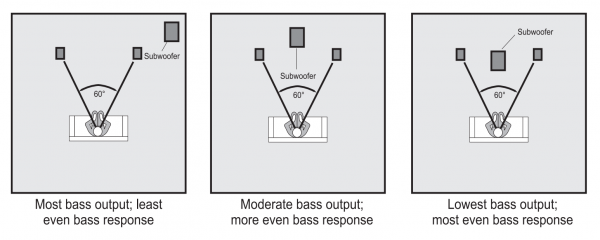Welcome to the WBF. Great (first) post. I would add that even in a well treated room moving the subs a few inches may result in noticeable change in sound/performance. Else I agree with you.
Yes. The only honest and fair way to compare subs (and such nebulous concepts as "fast" vs "slow" etc) is in a very large space (eg an open field) when the influence of the room is minimised. Regarding positioning in a treated room, moving the subs by small amounts can indeed change the response, but at least the cause of such changes can be more easily determined if the room has been effectively treated. I suppose I was saying "the optimal position cannot be easily verified in the absence of effective treatment which derives optimal mitigation of detrimental influences"
All true. Plus, room treatments for low frequency problems aren't cheap by any means.
It does need to be said that such treatments are often cheaper than the speakers/amplifiers and associated electronics. I never cease to be amazed at audiophiles who listen to $100,000 systems in rooms containing only token gestures of room treatment. And they scratch their chins and muse "Maybe if I buy XYZ DAC, or XYX Room/Speaker EQ I'll get better 'resolution' and 'speed' in the bass", all while their rooms are ringing like giant gongs with HUGE modal peaks and nulls and diabolical SBIR problems.
It's not expensive to add superchunks to all corners for useful velocity absorption. And for serious listeners with a reasonable budget, compound baffle absorbers for pressure absorption are affordable. Not cheap, but affordable for anyone investing serious money in their system. One good thing about CBAs is they are easily retrofitted and can easily travel to new abodes.
The problem audiophiles have with room treatment can essentially be boiled down to "it doesnt seem to DO anything", unlike (say) a really expensive room/speaker EQ with beautiful glowing lights and gleaming facade. There's no pay-off in showing their latest purchase off to their friends...and (aside from the inital setup) there's nothing to obsessively and endlessly tweak.
Sean
Last edited:


